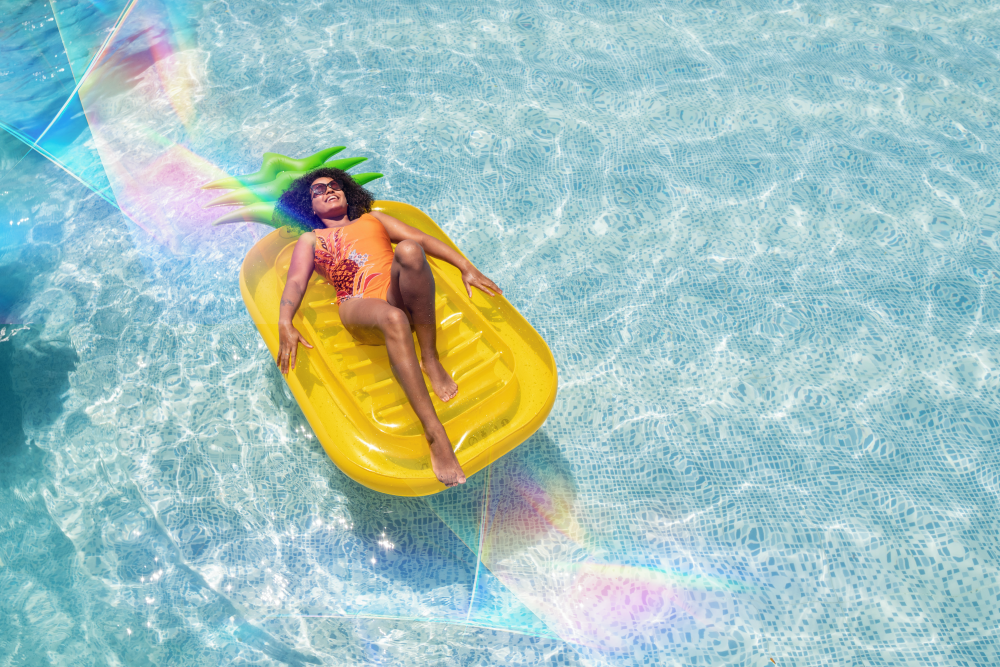High temperatures, a sunny day and plenty of company — factors that make for a great pool party — can also energize a group of nasty intruders: algae.
Algae spores can turn sparkling pool water into a green, murky mess without any apparent warning. Pool surfaces can develop a slippery coating that is unsightly and potentially dangerous. Powdery yellow-brown deposits of mustard algae may appear on the walls or bottom of your pool or spa. Tar-like patches of black algae may appear on stairs, corners or other nooks where water circulation is problematic.
How can this happen? It could have been the wind and rain from the night before that dumped these opportunistic invaders into the pool or even a pressure wash of the deck. Days of hot sun and a heavy bather load might have warmed the water and depleted the sanitizer, making conditions ripe for an algae bloom. Phosphates in run-off from the lawn or landscaping may have fueled algae growth by destroying any chlorine residuals that would have prevented it from developing in the first place.
Whatever the reason — an algae bloom is present and action is needed. Once an algae bloom occurs, the plan of attack involves using an algaecide, a chemical treatment that kills algae and prevents it from coming back. But the best policy is to prevent algae from forming in the first place, which can be accomplished by using an algaestat product regularly. Whereas algaecides kill algae spores and prevent them from recolonizing, algaestats can only inhibit their development. But it’s much easier to be proactive against algae than to fight an outbreak.
Keeping a slightly higher sanitizer level (e.g., chlorine or bromine) is one way to take preventive action. However, conditions such as a heavy bather load can create a competing demand for sanitizer causing bacteria to develop if the sanitizer level drops, allowing algae to gain the advantage. Taylor makes kits for testing quaternary ammonium compounds (also referred to as QAC or “quats”), polyquats, phosphate and low-level copper — your algae arsenal.
Quaternary ammonium compounds (quats) destroy algae by disrupting their cellular membranes. Quats work particularly well against green algae. They are typically the least expensive, best-selling pool product. Note that since quats tend to foam, they’re not suitable for spas.
Polyquats have a longer molecular structure than quats and can affect all algae types. Polyquats are non-foaming which makes them perfect for spas. They work by suffocating algae by adhering electrostatically to their outer membrane, just as metal filings cling to a magnet.
Check quat and polyquat levels with K-1582 when higher algaecide concentrations are used and K-9065 for lower algaecide concentrations.
Copper-based algaecides also disrupt algae cell metabolism. Chelated copper solutions prevent the copper from staining surfaces, which can happen with copper salts. Use K-1738 to help maintain the appropriate copper concentration.
Copper/silver ionization systems produce trace levels of the two metals to kill algae. Copper is reported to work well against mustard algae, and silver is potent against black algae. Only the copper ion needs monitoring (use K-1730) When copper readings are good, the silver level should be fine too.

